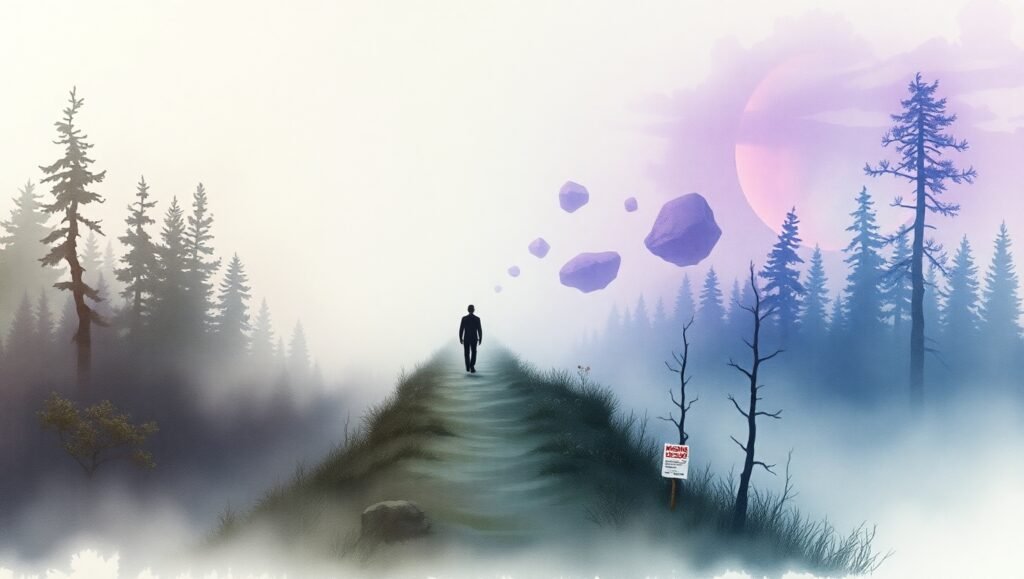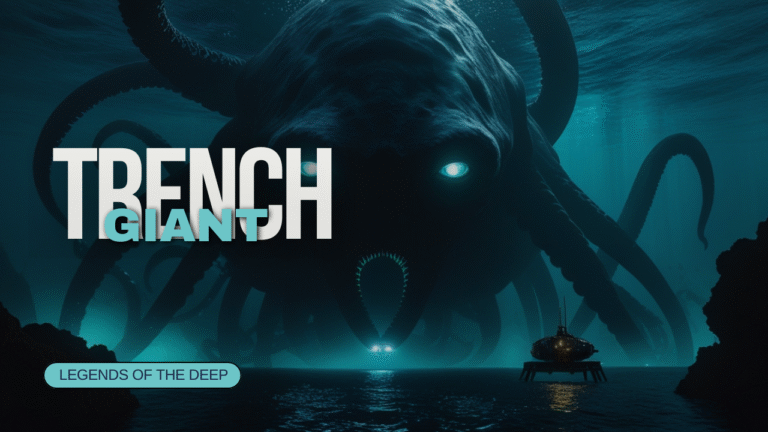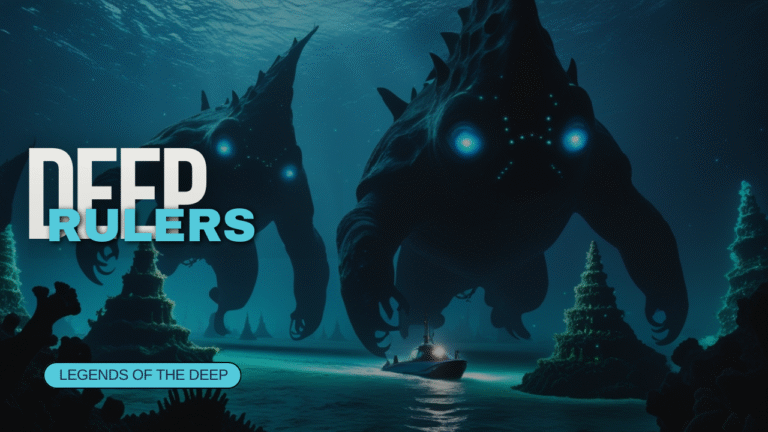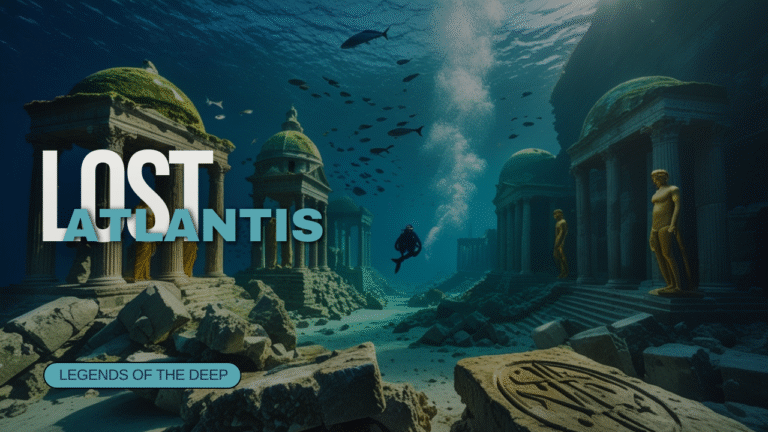What If Lost People Slipped Into Other Worlds?
What If Lost People Slipped Into Other Worlds?
Introduction
I’ve always been fascinated by stories of people who vanished without a trace—hikers who disappeared in national parks, travelers who walked off city streets and were never seen again. Could those disappearances be more than just tragedy or crime? What if some lost souls didn’t vanish—they slipped into alternate realms? These aren’t just myths or ghost stories—they’re a centuries‑old fascination threaded through folklore, modern mystery, and cutting‑edge quantum speculation.
This question straddles two worlds: grounded research on missing persons, and daring speculation on interdimensional travel. If even a few vanishings hint at alternate realities, we might be glimpsing something astonishing—something that reshapes everything we know about disappearance, reality, and human possibility.
What if some missing people actually slipped into other worlds?
At the heart of this mystery lies a striking pattern: people disappear, usual investigations end cold, and no trace ever appears. Peru’s Lost City hikers, US parking‑lot vanishing acts, or families who vanish from their own homes—these stories often defy explanation.
If people are slipping dimensions—if they’ve crossed into parallel worlds—then everything changes. They aren’t victims of crime, doom, or accident. They are survivors in an alternate reality. The clues? Reports of people appearing decades later, speaking of impossible places. Rural folklore has whispered of people who “returned strange”—changed by a momentary breach into another world.
In 21st‑century terms, this hits right against the Mandela Effect, quantum many‑worlds talk, and the idea of a thin barrier between worlds. Perhaps, in moments of trauma or distraction, someone crosses that boundary—leaves our world, and steps into another.
Our Thoughts
At EdgyThoughts, we find this idea both haunting and hopeful. It gives new meaning to stories that have baffled families for decades. Maybe those loss investigators dismiss as dead or abducted deserve a different kind of theory. Reality might be more porous than we thought—or maybe it’s just a metaphor. But isn’t asking the question worth the wonder?
Pros and Cons of Reality‑Slip as a Theory
| Pros | Cons |
|---|---|
| Creates space for new kinds of explanation in cold cases. | No scientific proof of inter‑dimensional slipping. |
| Supports folkloric patterns worldwide. | Risk of ignoring real, solvable crime. |
| Offers hope there might be alternate realities still inhabited. | Could mislead investigations and delay justice. |
| Sparks public fascination and support for missing people. | Hard to validate or test this hypothesis. |




Could emotion or stress trigger a dimensional slip?
Modern stories often describe people becoming disoriented after panic or grief—wandering off, saying they felt “pulled.” Maybe in extreme moments, the mind toggles reality’s perception, and briefly tears the curtain between worlds.
Think about it: extreme fear can make us feel “not ourselves.” Lucid dreams show how permeable our minds already are. Maybe real slippage is just another version of this—an unintended cross‑dimensional tumble.
Are there real-world cases that fit this idea?
Yes—and they’re chilling:
- A man disappears in the woods. Weeks later, he returns saying he “woke up somewhere, and everyone spoke a different language.”
- A family vanishes from a suburban house, only for one member to return years later with no memory of what happened.
- A child chases a stray dog into thick brush—and comes back with tales of giant mushrooms and two‑sun skies.
These stories are rare. They’re often dismissed as folklore. But some have decent documentation—police reports, photographs, even physical changes noted in the returned individuals.
Key Points You Should Know
- Some disappearances defy typical explanations.
- Folklore worldwide myths mention “world‑walking.”
- Quantum theories support a multiverse reality.
- Mind‑states like trauma may trigger slips.
- There’s no scientific method (yet) to prove it.
Explaining Each Point
1. Unexplained disappearances persist today.
Countless investigations end with no body, no suspect, no crime scene—just vanished.
2. Folklore is consistent across cultures.
Irish “fairy abduction” legends, Japanese “spirits leading children off-path”—these stories echo the same pattern.
3. Physics allows parallel realities.
Theoretical models consider universes stacked or layered—where an accidental stroll might cross another.
4. Trauma can warp perception.
Extreme stress can reshape memory, time perception, and sensory integration—maybe enough to slip.
5. We lack testing tools—yet.
No sensors exist to measure dimensional bleed-through. But neuroscience and quantum physics may close the gap.
What We Think
We’re not claiming missing people are popping between worlds every day. But we are saying this idea deserves respectful conversation. It reminds us: what we call “lost” might mean “shifted.” It reframes grief, mystery, and possibility. And most of all—it reminds us that disappearance might be a door—not an end.
🔗 Related Articles from EdgyThoughts.com
- What If Universes Collide Without Warning?
https://edgythoughts.com/what-if-universes-collide-without-warning/
🌐 External Resource
Discover more on physics theories that hint at extra realities:
Wikipedia – Parallel Universes







One Comment
Comments are closed.